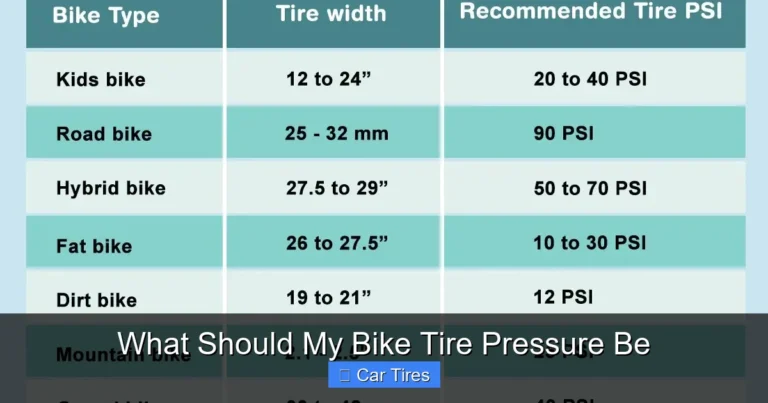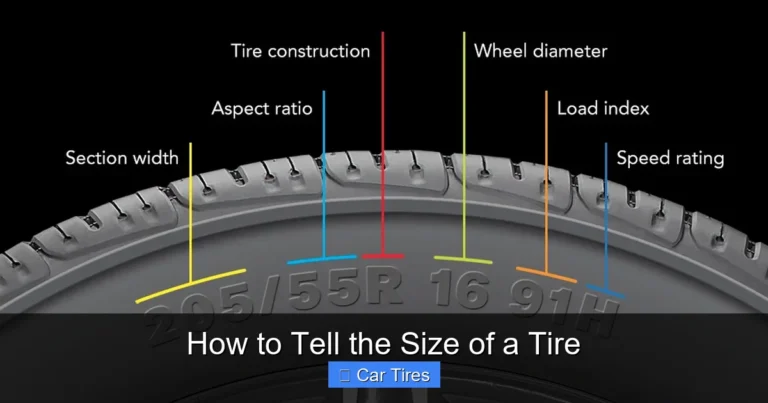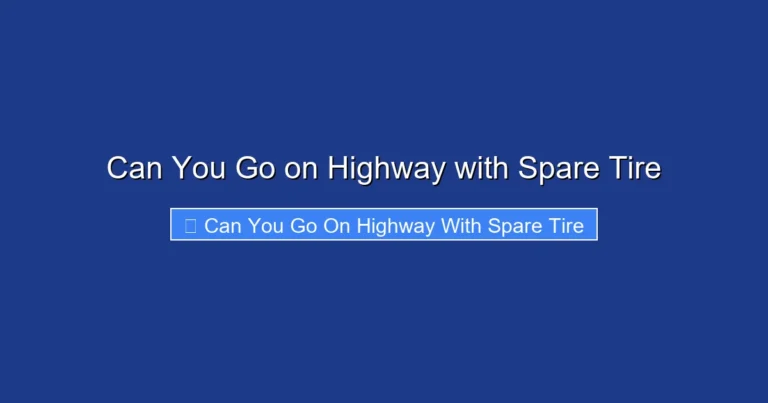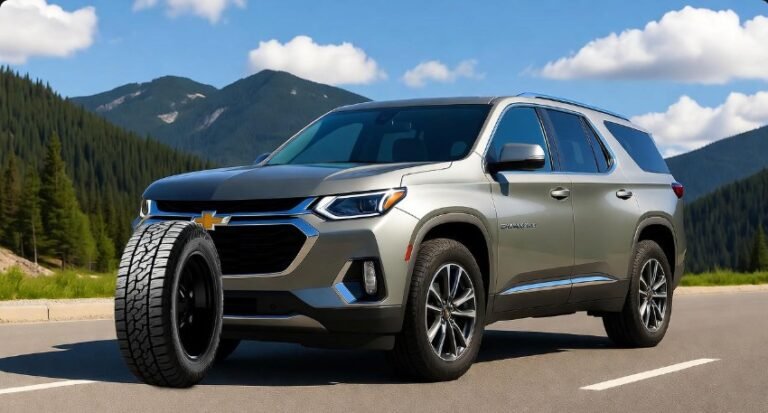How Often Should I Check My Tire Pressure?
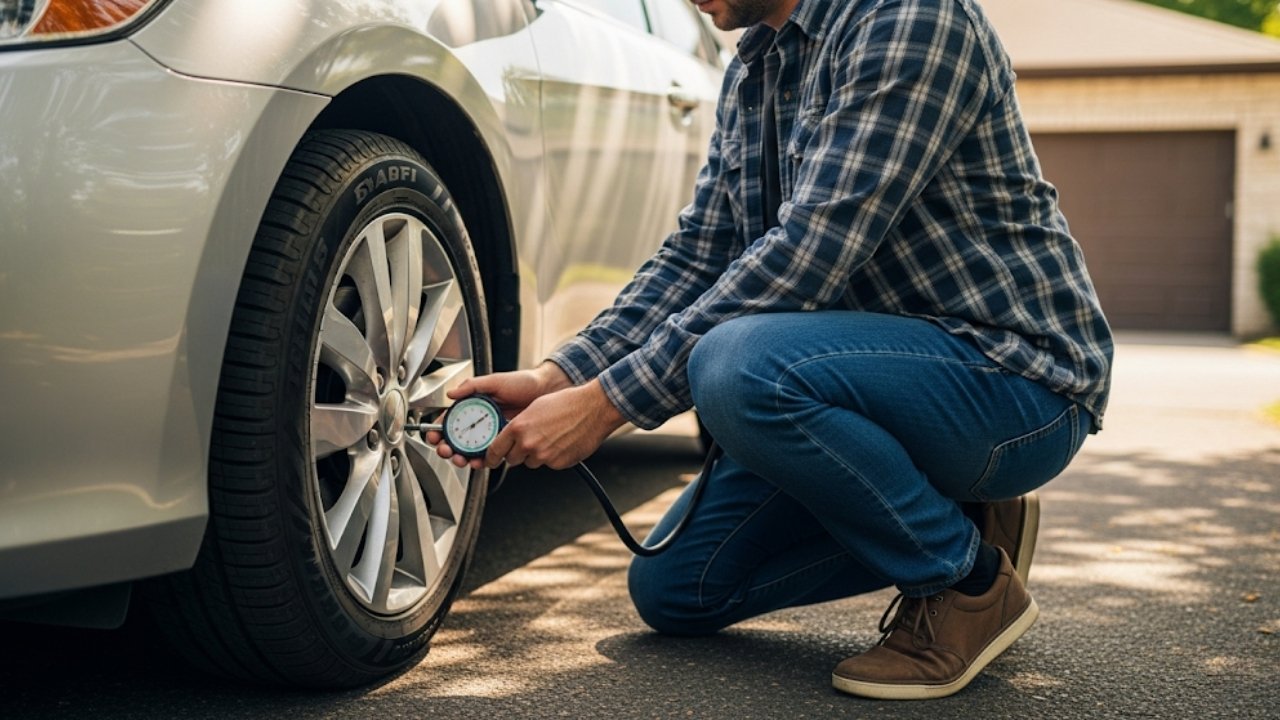
Imagine this. You’re driving down the highway, music playing, windows slightly down—freedom, right? Then suddenly, you feel a wobble. A soft tire. Maybe even a blowout. You pull over, heart pounding. You wonder, “Could I have prevented this?”
Yes, you could have.
And the answer lies in one small question:
“How often should I check my tire pressure?”
In this guide, we’ll walk through real-life advice, practical steps, and essential reasons why checking your tire pressure is one of the simplest yet most powerful habits every driver should adopt. This isn’t just about air and rubber—it’s about safety, money, and peace of mind.
In This Article
- 1 Why Tire Pressure Matters More Than You Think
- 2 So, How Often Should I Check My Tire Pressure?
- 3 Why Monthly Tire Pressure Checks Are Crucial
- 4 Personal Story: A Flat at Midnight
- 5 How to Check Tire Pressure Like a Pro (It’s Easy)
- 6 How Low Pressure Hurts Your Wallet
- 7 Signs Your Tire Pressure Might Be Off
- 8 Where to Find the Right Tire Pressure
- 9 Quick Tips for Better Tire Habits
- 10 How Tire Pressure Affects Safety on the Road
- 11 Seasonal Changes: Why Pressure Isn’t One-and-Done
- 12 Tire Pressure and Tire Life: A Hidden Money-Saver
- 13 Digital vs. Analog Tire Gauges: Which One’s Better?
- 14 Let’s Talk TPMS: Is It Enough?
- 15 The Role of Spare Tires (Don’t Forget Them!)
- 16 Common Tire Pressure Mistakes to Avoid
- 17 Bullet Recap: Good Habits for Healthy Tires
- 18 FAQs About Tire Pressure
- 18.1 1. How do I know if my tire pressure is too low?
- 18.2 2. Should I check tire pressure in the morning or evening?
- 18.3 3. What if I overinflate my tires?
- 18.4 4. Is it okay to drive with low tire pressure?
- 18.5 5. How can I remember to check every month?
- 18.6 6. Do electric or hybrid cars need different pressure checks?
- 18.7 7. Should I check tire pressure during a road trip?
- 18.8 8. How accurate are gas station air machines?
- 19 Final Thoughts: Tiny Habit, Big Difference
Why Tire Pressure Matters More Than You Think
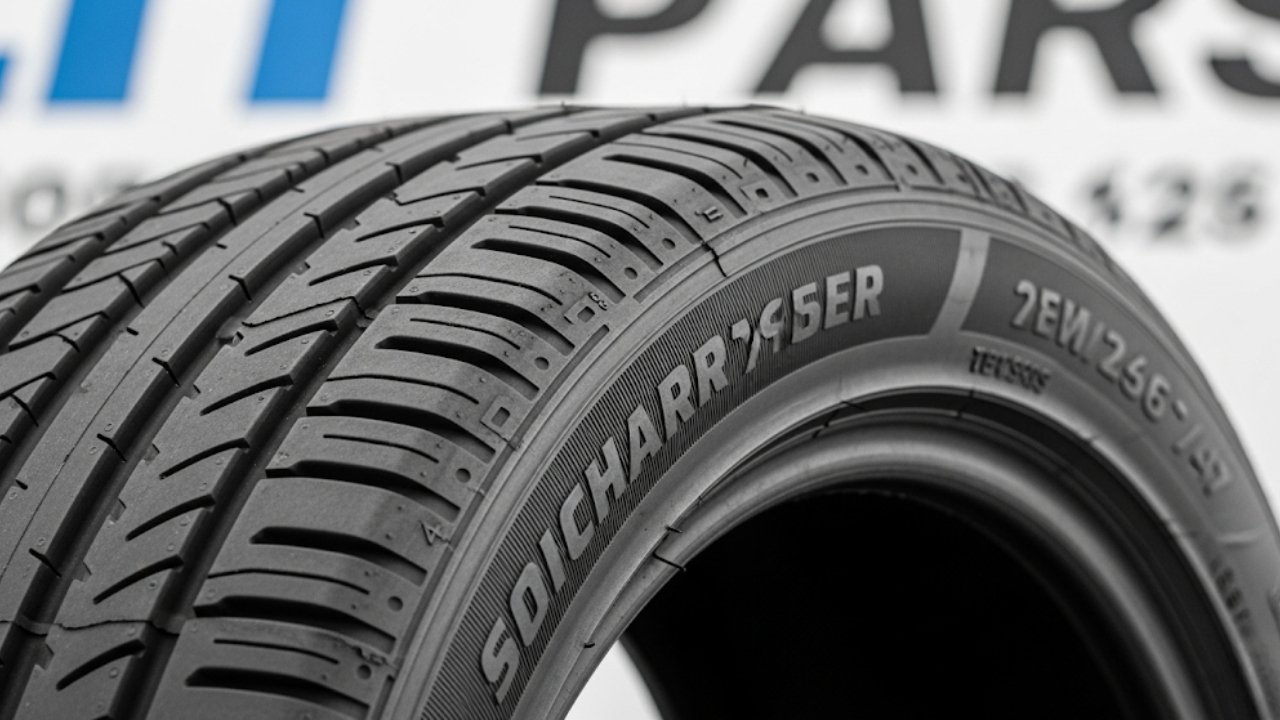
Here’s what the right tire pressure gives you:
-
Better fuel efficiency
-
Improved safety and handling
-
Longer tire life
-
Reduced chance of a blowout
-
A smoother, more comfortable ride
Neglecting it? That’s like running a marathon in slippers.
So, How Often Should I Check My Tire Pressure?
Let’s answer the big question right away:
✅ You should check your tire pressure at least once every month.
That’s the general rule of thumb recommended by experts, including the U.S. National Highway Traffic Safety Administration (NHTSA). But sometimes, you need to check even more often.
Here’s when you should check more frequently:
-
Before long road trips
-
When temperatures drop or rise sharply
-
If your tires look underinflated
-
After hitting a pothole or curb
-
If your car has been parked for a long time
Why Monthly Tire Pressure Checks Are Crucial
Let’s go deeper. Tire pressure isn’t a set-it-and-forget-it thing. Air seeps out over time—even from new tires. You can lose 1–2 psi (pounds per square inch) each month naturally, even without a puncture.
Also, temperature plays a sneaky role. For every 10°F drop, your tires can lose about 1 psi. So if it’s warm today and cold tomorrow, your tire pressure might already be too low.
A Quick Table: Temperature vs. Tire Pressure Drop
| Temperature Drop | Expected Pressure Loss |
|---|---|
| 10°F | ~1 psi |
| 20°F | ~2 psi |
| 30°F | ~3 psi |
| 40°F | ~4 psi |
Personal Story: A Flat at Midnight
Let me tell you something that happened to me last winter.
It was 11:45 PM. I had just wrapped up a night shift. The roads were wet, foggy. I started the car and felt the steering wheel pull to the right. I ignored it, assuming the road was uneven. Half a mile later, my car started dragging. Yep—flat tire. The culprit? Low pressure from cold weather that I didn’t check for weeks.
Lesson learned. I bought a digital pressure gauge the next day and made it a Sunday ritual.
How to Check Tire Pressure Like a Pro (It’s Easy)
You don’t need to be a mechanic. Checking your tire pressure takes just 5 minutes. Here’s how:
What You’ll Need:
-
A tire pressure gauge (digital is most accurate)
-
Access to your vehicle’s recommended psi (check driver’s door or manual)
-
An air compressor (gas stations have them)
️ Step-by-Step:
-
Wait until your tires are cold (ideally before driving).
-
Remove the valve cap on the tire.
-
Press the gauge onto the valve until you hear a hiss.
-
Read the psi on the screen or dial.
-
Compare it to your car’s recommended psi.
-
Inflate or deflate as needed.
-
Replace the valve cap.
How Low Pressure Hurts Your Wallet
Running on low pressure? You’re burning cash—literally. Underinflated tires increase rolling resistance. That means your engine has to work harder. More fuel, more wear.
According to the Department of Energy, properly inflated tires can improve gas mileage by up to 3%. That might sound small, but over a year? That’s real money—especially if you drive daily.
Let’s say you spend $2,000 a year on fuel. That’s $60 saved just by keeping your tires in check.
Signs Your Tire Pressure Might Be Off
Sometimes, your car tells you something’s wrong—if you know how to listen. Here are some warning signs your tire pressure needs a look:
-
Your car pulls to one side
-
You feel vibrations at higher speeds
-
Tires look visibly saggy
-
Your TPMS (Tire Pressure Monitoring System) warning light comes on
-
Uneven tire wear
Remember: by the time you notice these signs, damage might already be happening. Prevention is always better.
Where to Find the Right Tire Pressure
Don’t just guess or go by the tire’s sidewall. That number is the maximum pressure—not what your car actually needs.
Instead, check:
-
Inside your driver’s door jamb
-
Your owner’s manual
-
Or, use your car’s infotainment system (in modern cars)
Typical pressure ranges between 30–35 psi, but always double-check your specific vehicle.
Quick Tips for Better Tire Habits
Here are a few simple habits to keep your tires (and you) safe:
-
Make it a habit: Check every 1st Sunday of the month
-
Keep a digital gauge in your glove box
-
Use the free air at gas stations when refueling
-
Rotate tires every 5,000–7,000 miles
-
Inspect your spare tire every few months too
How Tire Pressure Affects Safety on the Road
Let’s face it—life’s unpredictable. Rain, sharp turns, sudden brakes—they all test your car’s stability. And guess what plays a huge role in how your car responds? Tire pressure.
Underinflated tires can:
-
Increase stopping distance
-
Make your car harder to steer
-
Cause your tires to overheat and burst
-
Increase the risk of hydroplaning in rain
On the flip side, overinflated tires may cause:
-
Uneven tread wear (center wears out faster)
-
A bouncy, uncomfortable ride
-
Reduced grip, especially in wet conditions
You don’t want your tires guessing. You want balance—and that only comes with proper pressure.
Seasonal Changes: Why Pressure Isn’t One-and-Done
Think of your tires like balloons. When it’s hot, they expand. When it’s cold, they shrink. This is why seasonal shifts matter.
In summer:
-
Pressure rises, sometimes dangerously.
-
Check more often during heatwaves or long drives.
In winter:
-
Pressure drops, even overnight.
-
You might wake up to 3-4 psi less than yesterday.
Make it a rule: Check tire pressure every time the season changes, or whenever temperatures fluctuate more than 20°F within a few days.
Tire Pressure and Tire Life: A Hidden Money-Saver
New tires aren’t cheap. A full set can cost $400–$800 or more depending on your car. But you can extend their lifespan by simply keeping the pressure right.
Underinflated tires wear more on the edges. Overinflated ones wear in the center. Both lead to early replacements.
Let’s say your tires last 60,000 miles with proper care. If poor pressure shortens that to 45,000, you’re losing 15,000 miles of value. That’s like throwing a tire away every few years.
Digital vs. Analog Tire Gauges: Which One’s Better?
Both work—but here’s what to keep in mind.
| Feature | Digital Gauge | Analog Gauge |
|---|---|---|
| Accuracy | Very High | Moderate |
| Ease of Use | Simple | Can be tricky |
| Battery Required | Yes | No |
| Durability | Medium | High |
| Ideal For | Casual drivers | Old-school pros |
If you’re a casual driver, go digital. They’re easier and faster. But always check battery life before a trip.
Let’s Talk TPMS: Is It Enough?
Most cars made after 2007 have Tire Pressure Monitoring Systems (TPMS). They flash a light when your tire pressure is too low. But here’s the thing:
-
TPMS only warns you when pressure is dangerously low.
-
It doesn’t alert you if you’re just 2–3 psi off.
-
It doesn’t detect overinflation.
-
It doesn’t replace a manual monthly check.
Relying solely on TPMS is like waiting for a headache before drinking water. It’s a backup, not your first line of defense.
The Role of Spare Tires (Don’t Forget Them!)
Here’s one people always forget: the spare tire.
Imagine having a flat tire in the middle of nowhere. You pull out your spare… and it’s flat too. It happens all the time.
Check your spare’s pressure every 2–3 months. Most spares require 60 psi (more than regular tires). If it’s a compact “donut” tire, it may need even more.
Pro tip: Stick a reminder on your calendar every quarter to check the spare. You’ll thank yourself later.
Common Tire Pressure Mistakes to Avoid
Mistakes are natural. But some can cost you safety and cash.
❌ Don’t inflate to the number on the tire’s sidewall
That’s maximum load pressure, not your car’s ideal.
❌ Don’t guess by looking
A tire can look fine and still be 5 psi low. You can’t eyeball it accurately.
❌ Don’t forget the back tires
Some vehicles have different pressure for front and rear tires.
❌ Don’t wait for the TPMS light
By the time it’s on, you’ve already lost too much pressure.
Bullet Recap: Good Habits for Healthy Tires
Here’s a quick list of best practices:
-
✅ Check tire pressure once a month
-
✅ Check when the weather changes
-
✅ Use a digital gauge for accuracy
-
✅ Don’t rely on your TPMS alone
-
✅ Remember the spare tire
-
✅ Inflate to your vehicle’s recommended psi
-
✅ Do it before driving, when tires are cold
These tiny steps can save you thousands, and maybe even your life.
FAQs About Tire Pressure
1. How do I know if my tire pressure is too low?
If the tire looks saggy, the TPMS light is on, or your car pulls to one side—check it. But always use a gauge for accuracy.
2. Should I check tire pressure in the morning or evening?
Check it in the morning, before driving. Cold tires give the most accurate reading.
3. What if I overinflate my tires?
Let some air out. Overinflation can lead to poor grip and uneven wear. Always aim for the recommended psi.
4. Is it okay to drive with low tire pressure?
It might seem okay for a short distance, but it’s risky. It causes more wear, bad fuel economy, and could lead to blowouts.
5. How can I remember to check every month?
Set a phone reminder. Or do it every first Sunday of the month—easy to remember and build into your routine.
6. Do electric or hybrid cars need different pressure checks?
Not really. The principles are the same, though electric cars may wear tires faster due to weight and torque—so stay extra alert.
7. Should I check tire pressure during a road trip?
Absolutely. Long drives heat up tires. Check pressure at the start of your trip and again every few days if it’s a long journey.
8. How accurate are gas station air machines?
They’re often okay—but not perfect. Use your own gauge for a precise reading, then use the station’s air to inflate.
Final Thoughts: Tiny Habit, Big Difference
So… how often should I check my tire pressure?
At least once a month. No excuses.
It’s a small task that takes minutes. But it can save lives, prevent accidents, and stretch every mile out of your tires and fuel tank. Just like brushing your teeth or locking your door, make it a habit. Your car deserves it. You deserve it.
If this article helped even a little, consider sharing it with a friend. Because good drivers look out for each other—not just on the road, but in the little things too.

